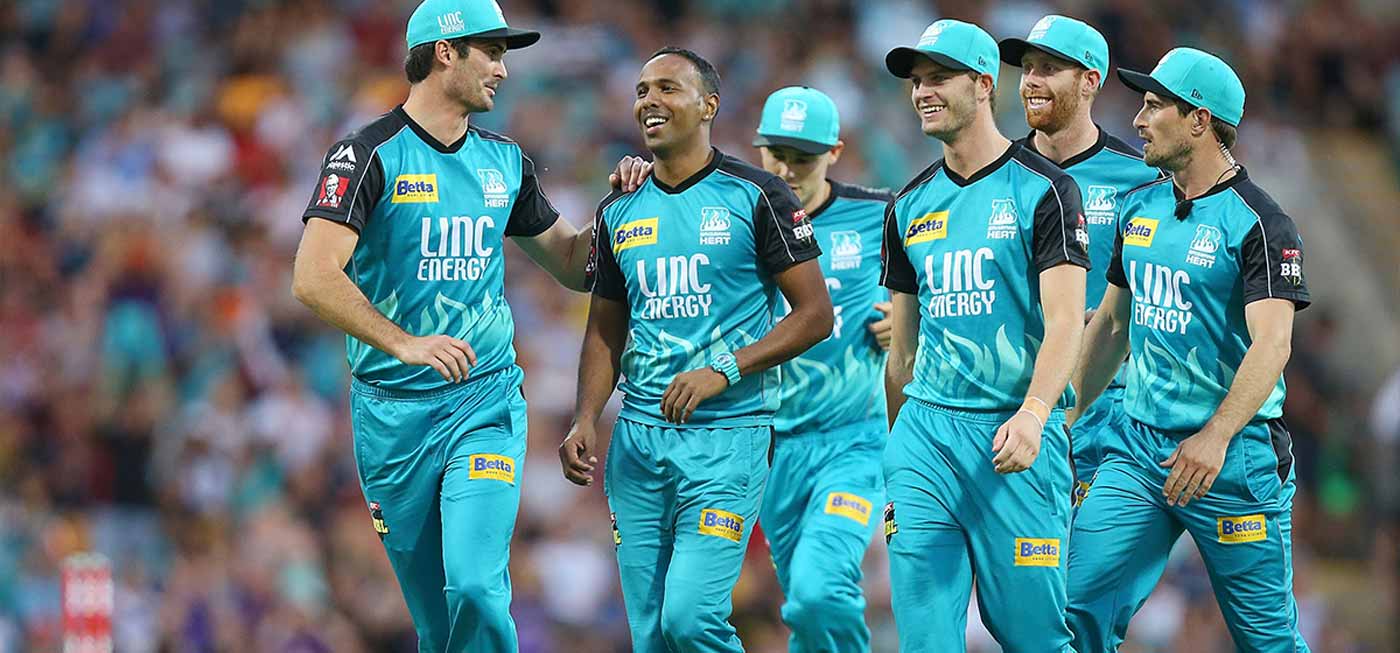Why Do Players Retire Hurt? The Risks Cricketers Face
Cricket is known for its skill, strategy, and sometimes even danger. When a player retires hurt, it’s not just a routine pause in play—it’s a reminder of the risks these athletes face every time they step onto the field. Retiring hurt means a player has suffered an injury that makes it too risky to continue, affecting their health, the team’s dynamics, and the fans’ experience. In this article, we’ll examine the reasons cricketers retire hurt, the types of injuries they face, and how these moments highlight the sacrifices players make for their love of the game.
The Meaning of Retired Hurt in Cricket
“Retired Hurt” is a term that describes a situation where a player leaves the field due to injury, hoping to return once recovered. In contrast to a dismissal, which ends the player’s participation in the innings, a retired hurt player can return if their injury allows. Retiring hurt is often an emotionally charged moment, as it affects not only the injured player but the team’s morale and the game’s outcome.
Key Rules of Retired Hurt
- Injury-Driven: The player must sustain an injury or serious physical strain to be considered Retired Hurt.
- Chance to Return: A retired hurt player may come back to the game if they recover during the match.
- Recorded in Statistics: If the player does not return, they are recorded as Retired Hurt in the scorecard, leaving an incomplete performance.
This rule allows players to protect their health, reflecting a balance between player safety and the competitive nature of cricket.
Why Do Players Retire Hurt?
Players retire hurt primarily due to injuries that make it unsafe or unwise to continue playing. In a high-intensity sport like cricket, injuries are frequent and can range from minor strains to severe conditions that impact a player’s long-term career.
Common Reasons Cricketers Retire Hurt
- Impact Injuries: Cricket balls are hard and fast, reaching speeds up to 150 km/h. Direct impact injuries, like getting hit on the hands, arms, or head, are common causes for players to retire hurt.
- Muscle Strains and Tears: Cricket involves quick movements, dives, and stretches, which often lead to muscle strains, particularly in the legs, back, and shoulders.
- Joint and Bone Injuries: Frequent bowling or fielding can strain joints and lead to bone fractures or sprains, making it risky for a player to stay on the field.
- Heat Exhaustion and Dehydration: Cricket is often played in hot, humid conditions, and players can suffer from dehydration or heat-related exhaustion, requiring immediate medical attention.
- Concussion Protocols: Head injuries are taken very seriously. If a player shows signs of a concussion, they are often required to retire hurt and undergo medical evaluation to prevent further risk.
These injuries not only impact the player’s physical health but also pose significant emotional and psychological challenges.
The Risks Cricketers Face Every Match
Cricketers face a unique set of risks, given the physical demands of the sport and the intensity of competition. Each match carries the possibility of injury, and players often push their limits to achieve success.
Physical Risks in Cricket
- Fast Bowling Dangers: Facing bowlers who deliver balls at speeds exceeding 140 km/h is risky. Batsmen are at risk of being hit on the head, hands, or body if they misjudge the delivery.
- Extended Playing Hours: Cricket matches, especially Test matches, last hours and require players to remain active and alert for extended periods, increasing the chances of fatigue and injury.
- Diving and Fielding: Fielders and wicketkeepers regularly dive to stop balls, leading to potential injuries to their shoulders, elbows, and hands.
- Back Injuries: Bowlers, in particular, are prone to back injuries due to the repetitive strain of bowling over multiple overs.
- Unpredictable Weather Conditions: Cricketers often play in extreme heat, humidity, or even chilly weather, which can lead to dehydration, cramps, and increased chances of muscle pulls.
Psychological Impact
Injuries don’t just take a physical toll. The mental strain of playing through pain, risking further injury, and fearing for long-term health can weigh heavily on players. When forced to retire hurt, athletes often feel a sense of disappointment, frustration, and concern about their future in the game.
Memorable Instances of Players Retiring Hurt
Steve Waugh’s 2001 Incident Against England
Steve Waugh, the former Australian captain, is remembered for his resilience. During a Test match in 2001, he tore a calf muscle while batting. Refusing to give up, Waugh initially continued playing but was ultimately forced to retire hurt. His determination inspired fans, but it also highlighted the high risks cricketers are willing to take for their teams.
Anil Kumble’s Jaw Injury in 2002
Indian spinner Anil Kumble suffered a broken jaw after being struck by a bouncer from West Indies fast bowler Mervyn Dillon. Kumble retired hurt but returned later with a bandaged jaw to bowl. His comeback symbolized the mental and physical resilience players demonstrate, even in the face of painful injuries.
Kevin Pietersen’s Achilles Injury
In the 2009 Ashes series, England’s Kevin Pietersen had to retire hurt due to an Achilles tendon injury. Despite his strong performance, he could no longer continue, disappointing fans and impacting England’s strategy. The incident reminded everyone of the critical role fitness plays in a player’s ability to compete.
Recent Retired Hurt Cases and Player Safety Trends
In recent years, the frequency of players retiring hurt has raised awareness about player safety. Today, players are more likely to retire hurt if their injury risks long-term health complications.
Modern Injury Management: Protecting Players on the Field
The increase in retired hurt incidents has led to a stronger focus on injury prevention and management in cricket. Teams now invest in specialized coaching, fitness regimes, and monitoring technologies to prevent injuries and assist recovery.
Preventive Measures for Injury
- Fitness Tracking Devices: Many teams use wearable devices to monitor player vitals and detect signs of fatigue or potential injury.
- Regular Health Screenings: Routine health check-ups and screenings help identify early warning signs of stress injuries or fatigue.
- Advanced Training Regimes: Players undergo tailored fitness routines focused on strengthening muscles and joints prone to injury.
- Improved Equipment: Helmets, padding, and other protective gear have evolved to offer better protection, reducing the severity of injuries.
Importance of Mental Health Support
In addition to physical health, teams have started emphasizing mental health support for players dealing with the pressure and fear associated with injuries. Counseling, rest breaks, and access to mental health professionals help cricketers manage stress and maintain focus during recovery.
Conclusion: A Balancing Act Between Passion and Protection
Retiring hurt is a reality of cricket, underscoring the risks and demands of the sport. When players retire hurt, it’s a testament to the physical intensity and mental resilience cricket requires. While modern injury management and protective equipment have helped reduce the risks, cricket remains a game of endurance, skill, and sacrifice. As fans, it’s essential to recognize the risks players take for their love of the game and appreciate the moments they overcome adversity to deliver unforgettable performances.
Retiring hurt moments are a reminder that, behind the stats and strategies, cricket is a game where athletes put their bodies on the line for victory. Every incident is a story of dedication, reminding fans of the resilience that defines this sport.
FAQs on Retired Hurt and Cricketer Safety
Why do players retire hurt in cricket?
Players retire hurt due to injuries sustained while playing that make it risky to continue. This protects them from worsening the injury and allows time for recovery.
How does a retired hurt player affect a cricket match?
Retiring hurt impacts team strategy, as it requires adjustments to the batting lineup or fielding plan, affecting the overall game flow and performance.
Can a retired hurt player return to the match?
Yes, a player who retires hurt can return if they recover sufficiently to continue playing, subject to medical clearance.
How common is it for cricketers to retire hurt?
Retiring hurt is relatively common in cricket, particularly in long-format matches like Tests, where players are more exposed to fatigue and injuries.
Will fitness improvements reduce retired hurt incidents?
Improved fitness regimes and injury prevention measures have reduced the severity of injuries but cannot entirely eliminate the risks players face in the sport.














Post Comment